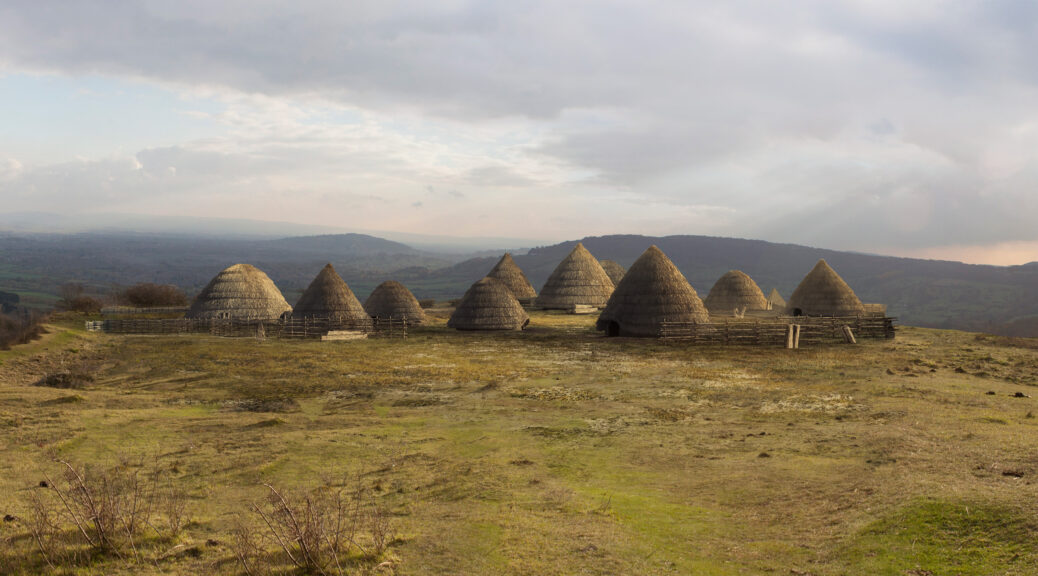Village in Canada: 8,000 years‘older than Egyptian pyramids’
Archaeologists on British Columbia’s Triquet Island have excavated an ancient settlement dating back some 14,000 years, to the last ice age.
Archaeologists working with the support of the Hakai Institute began excavations on Triquet Island last summer.
Since then, they have uncovered a number of artifacts linked to an ancient human settlement on the island, including fish hooks, a hand drill used to ignite fires, and a wooden device used to launch projectiles, called an atlatl.
Buried some 2.5 meters underground, beneath layers of soil and peat, they discovered something even more intriguing.
From the charred remains of an ancient hearth, the scientists used tweezers to painstakingly extract a few tiny flakes of charcoal.
In November, carbon dating of the flakes revealed the hearth was some 14,000 years old—thousands of years older than ancient Rome or the Egyptian pyramids. In fact, the Triquet Island village dates back to the period of the last ice age, making it one of the oldest settlements ever discovered in North America.


The newly discovered settlement is about as old as the spear tip found in a mastodon skeleton on Washington’s Olympic Peninsula in 1977. That notable discovery pushed back estimates of the earliest human occupation on the western coast of North America to around 13,800 years ago (about 800 years earlier than previously thought).
Discovery of the settlement may well impact our understanding of ancient human migration patterns, as it challenges the traditional story of how the first humans arrived in the Americas.
That theory argues that the earliest arrivals came to the region by crossing a land bridge connecting modern-day Siberia to Alaska some 13,000 years ago.
But according to more recent research, the land bridge route may not have offered enough resources to support the earliest migrants during their crossing. Instead, humans may have traveled via boat, and entered North America along the coast.

Alisha Gavreau, a Ph.D. student at the University of Virginia and a researcher with the Hakai Institute, told the CBC that the Triquet Island settlement “really adds additional evidence” to the coastal entrance theory. “Archaeologists had long thought that…the coast would have been completely uninhabitable and impassible when that is very clearly not the case,” she notes.
Evidence from the site also shows the people who settled there were “rather adept sea mammal hunters.”
Gavreau presented her team’s findings at the annual meeting of the Society for American Archaeology. Some 3,000 scientists from around the world attended the five-day conference, held in Vancouver.
In addition to its impact on current thinking regarding human migration to North America, the discovery of the settlement is a key development for the Heiltsuk Nation.
“This find is very important because it reaffirms a lot of the history that our people have been talking about for thousands of years,” said William Housty, a member of Heiltsuk Nation.
Such an affirmation will likely help the community going forward, as it negotiates with the Canadian government about territorial rights.
